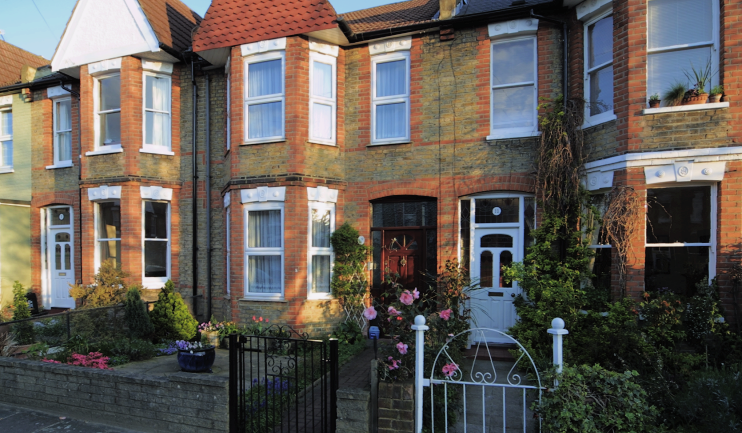St Margarets
St Margarets, Richmond upon Thames
A gentrified part of north-east Twickenham, separated from Isleworth by the River Crane

From the 16th century this area was the northern part of Twickenham Park, with a house on the boundary of Isleworth and Twickenham parishes. The house was demolished by 1805 and the estate was broken up.
Around 1830 the Marquis of Ailsa built a house called St Margarets on the site of a 17th-century property that had once been home to the dramatist Richard Sheridan. The marquis died in 1846 and the St Margarets estate was put up for sale in the 1850s. Ailsa’s house was demolished and replaced by one built for – but never occupied by – the second Earl of Kilmorey. In 1856 this house became home to the Royal Naval school.
In 1867 the earl rebuilt the neighbouring Gordon House, which also subsequently became part of the naval school. By this time, new roads had been laid out on the St Margarets estate, but little building had taken place.

The station opened in 1876, well to the south of the house from which it took its name – and effectively redefining the extent and focus of the St Margarets area. Despite the railway connection, growth remained sluggish and developers resorted to building terraced cottages instead of detached villas. By the end of the 19th century St Margarets was fully built up.
The construction of Twickenham Bridge and the Chertsey Road in the early 1930s necessitated the demolition of some properties here but others were built further west. Kilmorey House (formerly St Margarets) was hit by a bomb in 1940, after which the Royal Naval school moved away and the buildings later became a teacher training college. The college passed went through a series of identity changes before it closed in 2005, with the remaining staff and students moving to Brunel University’s Uxbridge campus.
The St Margarets area was considered merely ordinary for much of the 20th century but it is now very popular with members of the professional classes. The ward of St Margarets and North Twickenham has one of the highest employment levels in London. Most residents are white, university-educated homeowners.
Charles Dickens lived with his family at Ailsa Park Villas during the summer of 1838.
The Turk’s Head pub featured in the Beatles’ film A Hard Day’s Night, while the Fab Four lived in Ailsa Avenue (shown in the photograph at the top of the page) in Help! Both films’ interior scenes were shot at nearby Twickenham Studios.
